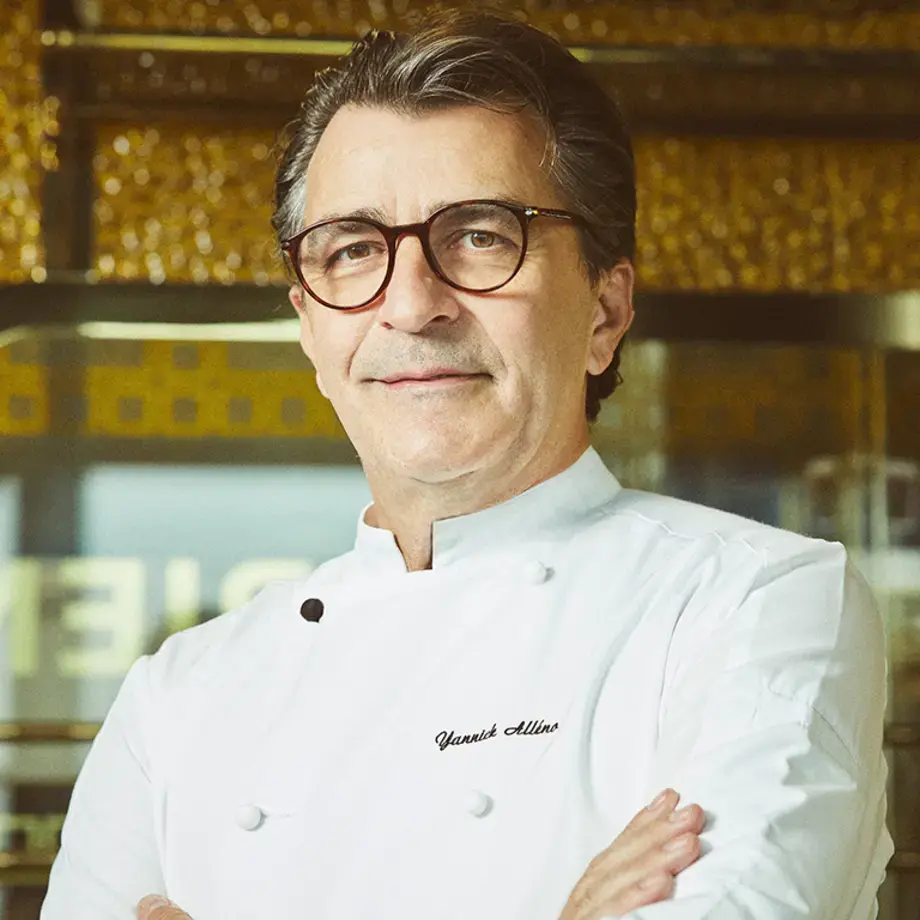When travel influencer Chloe Jade Meltzer’s scathing take-down of Avant Garde restaurant Mugaritz went viral, it may have provided a moment of slight amusement for nine million people, but it also highlighted the gulf in understanding between the gourmet influencer and the genius of a chef like Andoni Luiz Aduriz.
Meltzer described the experience as the “worst meal” of her life, having spent $1000 on the tasting menu. In a three-video series, Meltzer slated the meal at Mugaritz calling it “revolting” and compared one dish to “literally eating lip gloss.”
Do you think chef Aduriz gives a damn about a viral take-down of his beloved Mugaritz? Not one jot. The chef has never been a slave to the dogma delicious. In fact, Mugaritz has always been more art than eat. The restaurant exists to experiment, push boundaries, and explore what is possible through the medium of food as art.
Of all the fine-dining restaurants that hover around the top of world’s best restaurants lists, Mugaritz is an anomaly. It holds two Michelin stars, because the Michelin inspectors simply don’t know how to rate it appropriately… it may as well have four, or none. A restaurant like Mugaritz defies categorization.
The Basque chef traces a line directly back to Ferran Adrià and elBulli, a movement that rewrote the rules of modern gastronomy. If elBulli was an art movement, you could liken it to say they were the Cubists. A dire social media review of a late-era Picasso painting, claiming that the artist ‘can’t draw,’ misses the point. So does this one.













